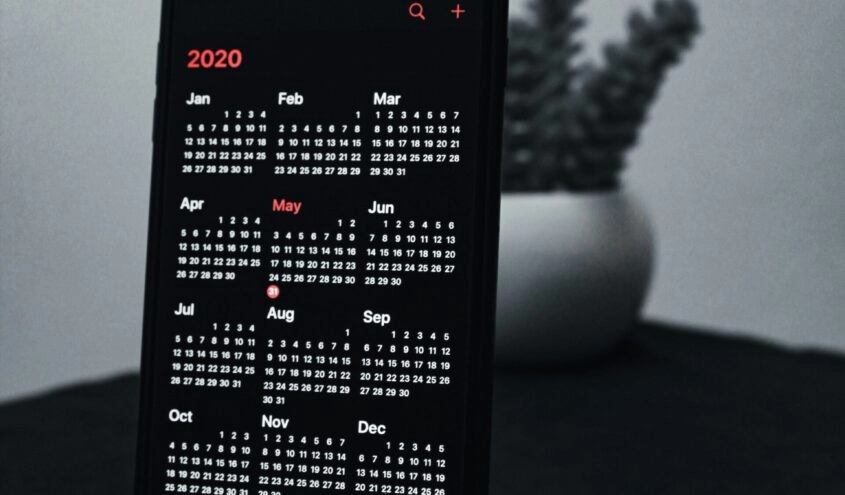Looking to save time, post consistently, and boost your visibility on social media?
The solution can be summed up in two words: content calendar.
Whether you’re a community manager, marketing lead, or CEO, a social media editorial calendar is the go-to tool to ensure you never post in a rush again. It helps you plan, structure, and anticipate your communications on LinkedIn, Instagram, Facebook, TikTok, X, and beyond.
Here’s our 6-step method from the Social Media team to build a robust and high-performing editorial calendar for your social channels. But first—let’s go back to the basics.
What Is a Social Media Editorial Calendar?
A social media editorial calendar is a planning tool dedicated to your content across social platforms. It gathers all the key information for each post, including:
-
What to publish (topic, format, copy, visuals, hashtags)
-
When to publish (date and time)
-
Where to publish (LinkedIn, Instagram, Facebook, etc.)
-
Who is responsible (author or publisher)
Its purpose: to ensure a coherent, consistent, and performance-driven social media strategy.
Why Create a Social Media Editorial Calendar?
Here are five reasons why you should never post on the fly again:
-
Save time – Anticipation means avoiding last-minute creative blocks.
-
Boost visibility – Align with seasonal events and industry milestones.
-
Maintain message consistency – Strengthen your editorial voice.
-
Support marketing objectives – Whether it’s awareness, engagement, traffic, or conversions.
-
Encourage collaboration – Between comms, marketing, sales, and HR teams.
How to Build a Social Media Editorial Calendar in 6 Steps
1. Define Your Objectives
Before posting, ask yourself:
-
Why are you creating content? Recruitment? Retention? Community building?
-
Who are you speaking to?
-
What action do you want them to take? Like, share, click, comment?
2. Identify Your Audience and Their Needs
Your editorial line should align with your community’s expectations. Base it on:
-
Social media analytics (audience, content performance)
-
Client or team feedback
-
Industry trends
3. List Your Themes and Formats
Variety is key for an effective social calendar:
-
Formats: carousel, reel, quote, teaser video, poll, live, GIF, meme…
-
Themes: behind-the-scenes, client stories, key figures, testimonials, company values, success stories, tutorials, HR updates, seasonal content…
4. Choose Your Channels
Instagram, TikTok, Facebook, X, LinkedIn, YouTube… Adapt your message to each platform and its specific codes. The same message can be repurposed differently depending on the channel.
5. Build Your Calendar (and Choose the Right Tools)
Use a simple, collaborative tool like Trello for a visual and flexible workflow.
Your calendar should include:
-
Date and time of publication
-
Platform
-
Visuals and copy
-
Content type (story, carousel, reel, etc.)
-
Strategic hashtags for discoverability
-
Tags/mentions (partners, colleagues, influencers…)
6. Measure and Adjust
Your calendar should be dynamic! Review KPIs each month (engagement rate, organic vs. paid reach, outbound clicks…) using Meta Business Suite, LinkedIn Insights, or your content management tools. Adjust frequency, topics, and formats accordingly.
Bonus: 3 Common Mistakes to Avoid
-
Being too rigid – Leave room for news and real-time opportunities.
-
Doing everything yourself – Involve your team and collaborate.
-
Forgetting the human touch – Your audience wants content that sparks emotion or delivers value, not just information.
In Short
A social media editorial calendar is more than just a schedule—it’s the backbone of your brand communication. It’s a strategic tool, creative framework, and performance driver to help your brand shine online.
- Uncategorized
